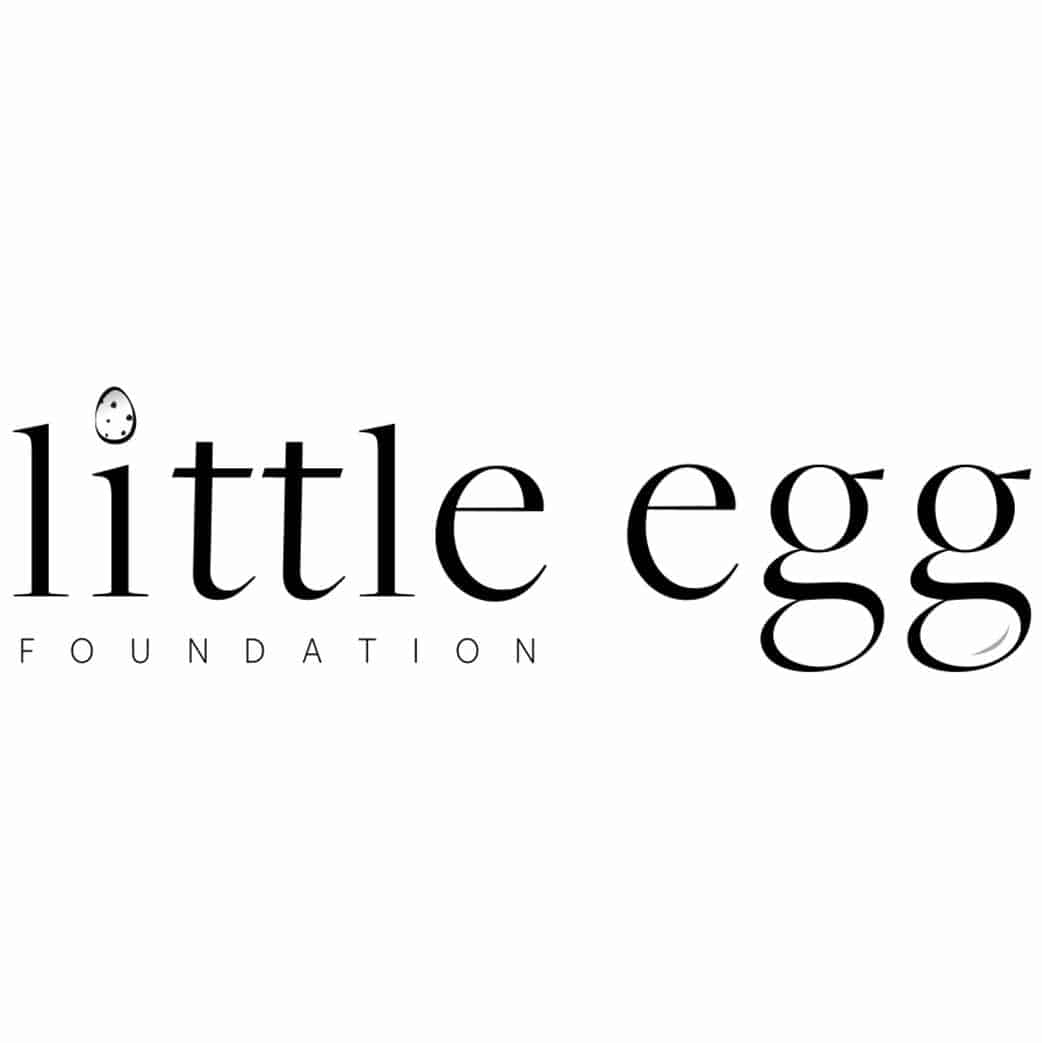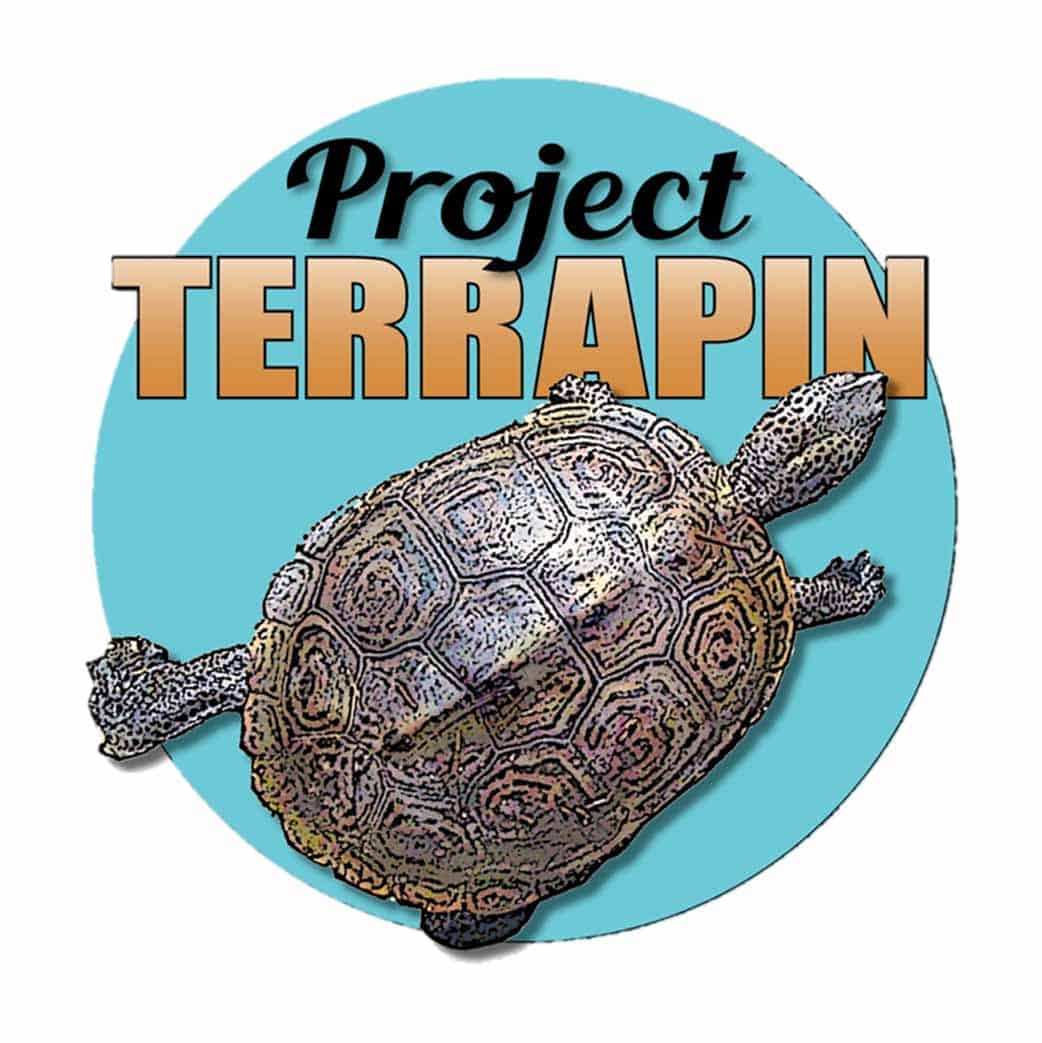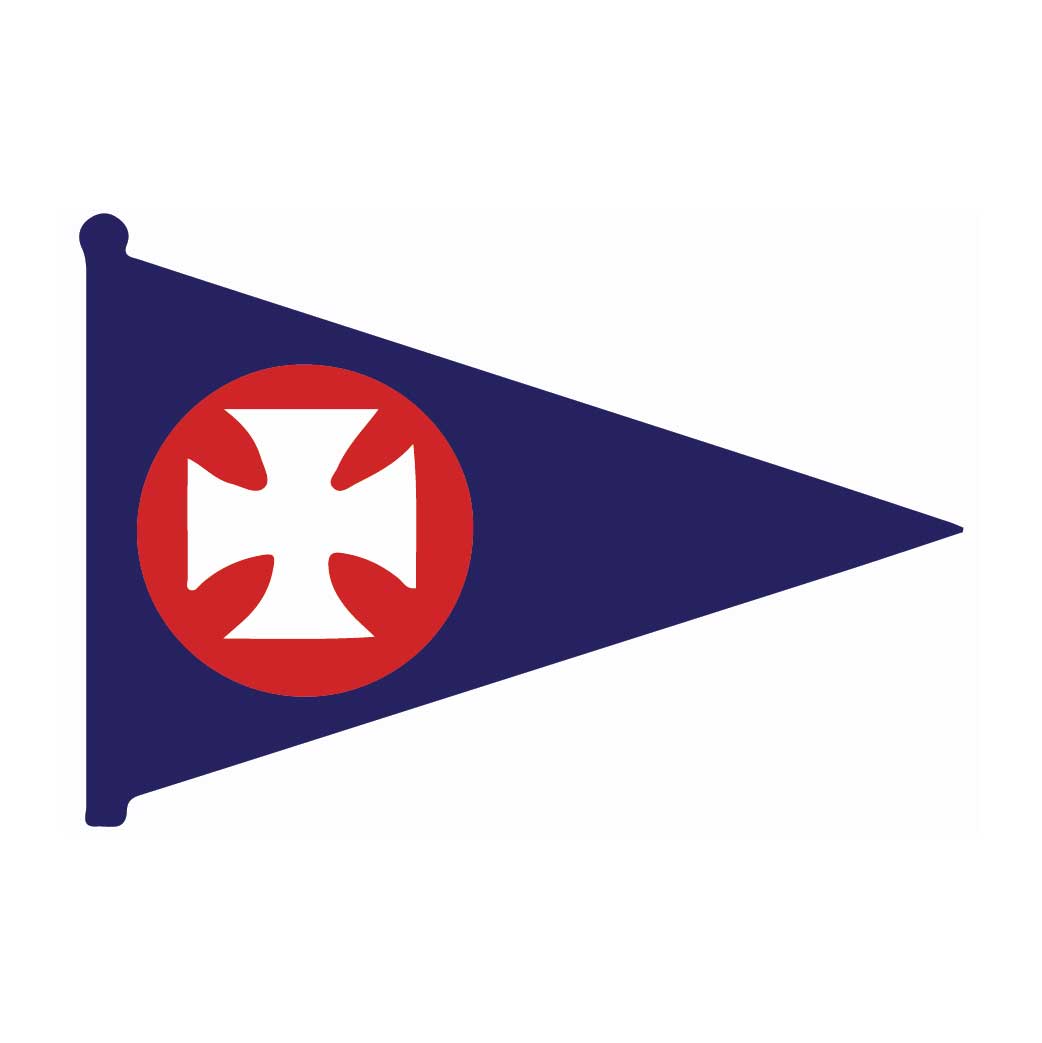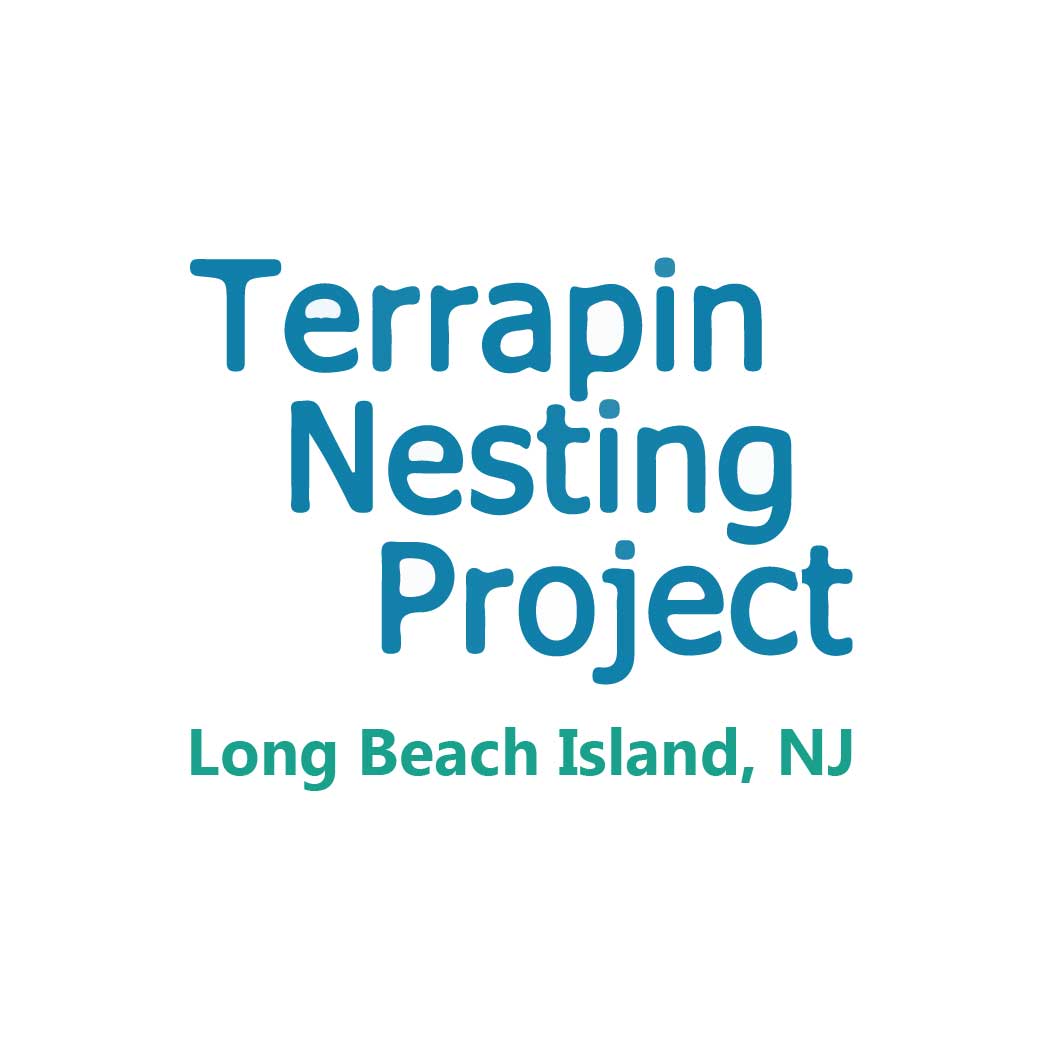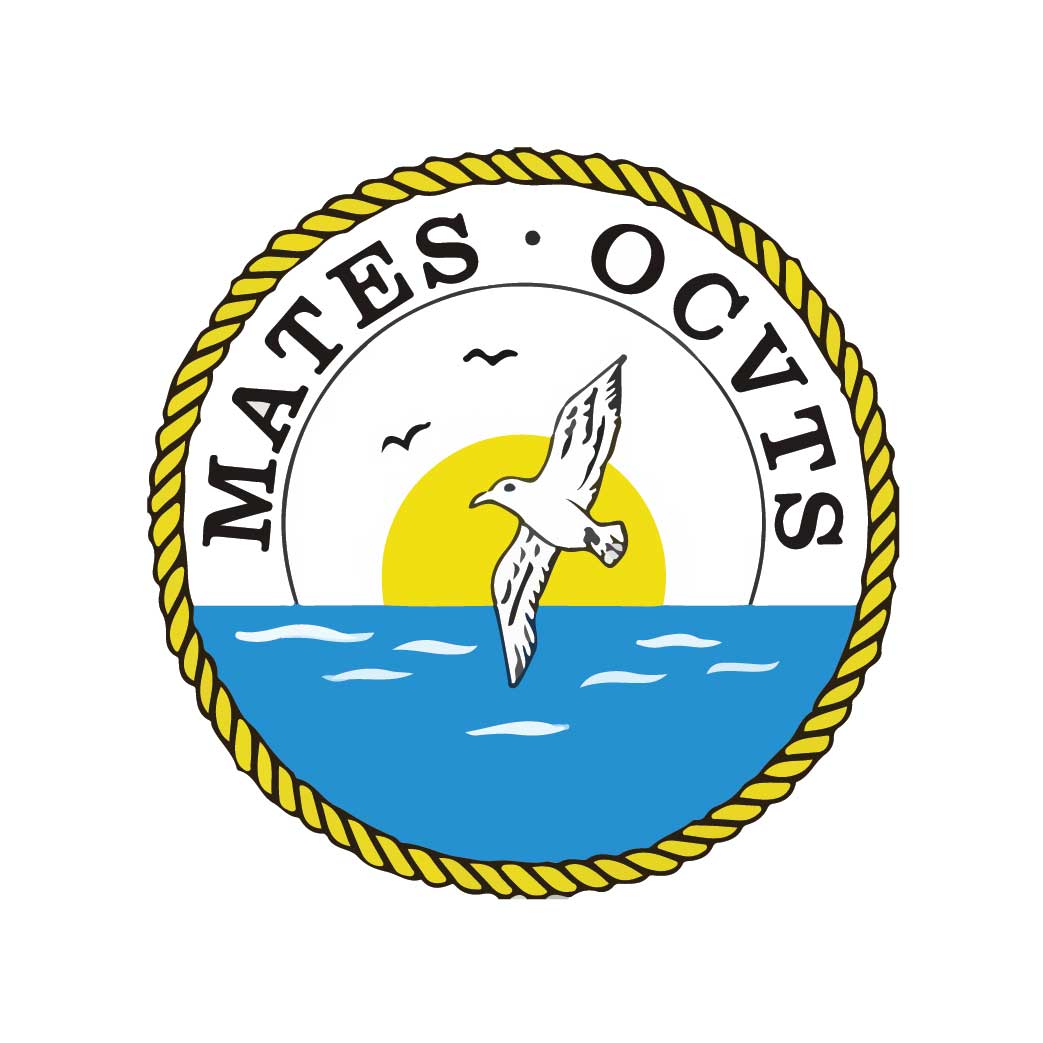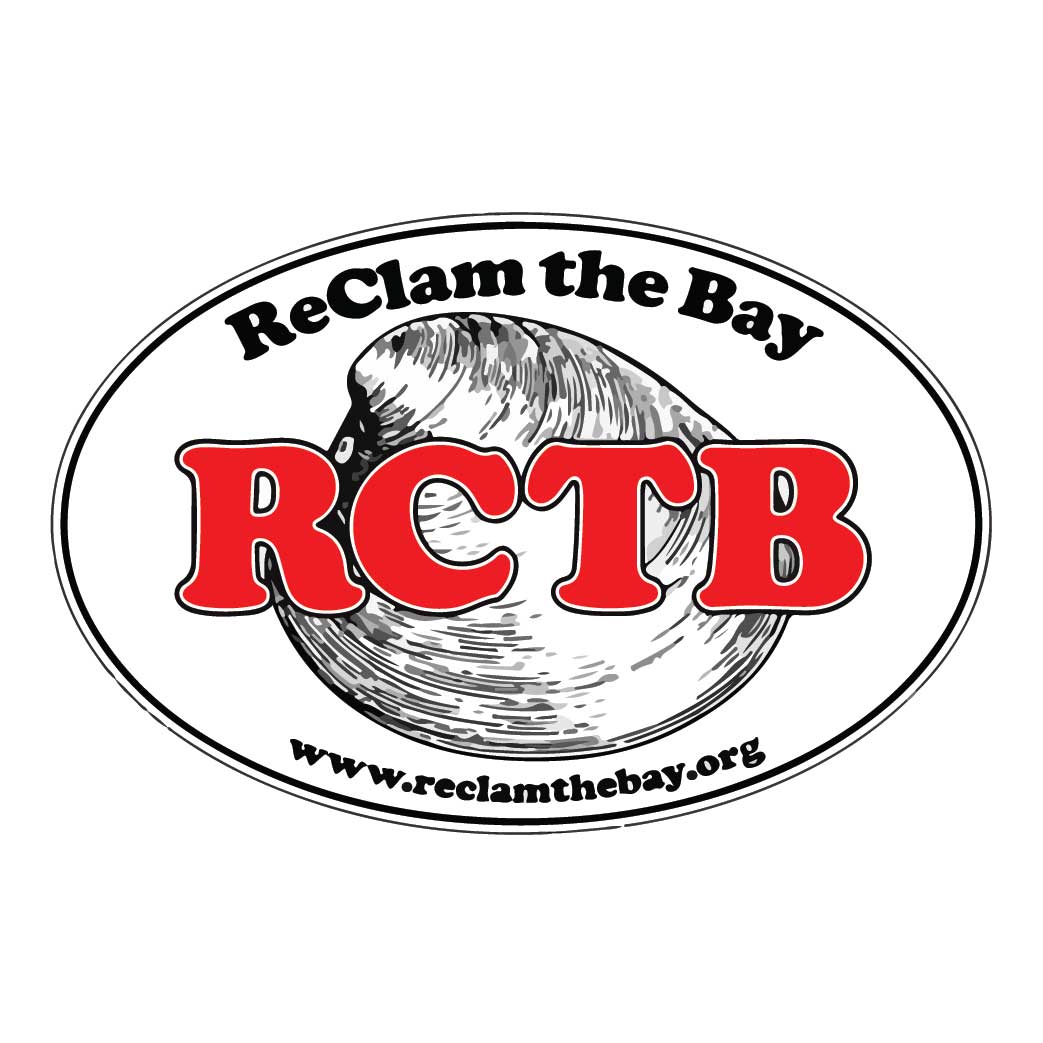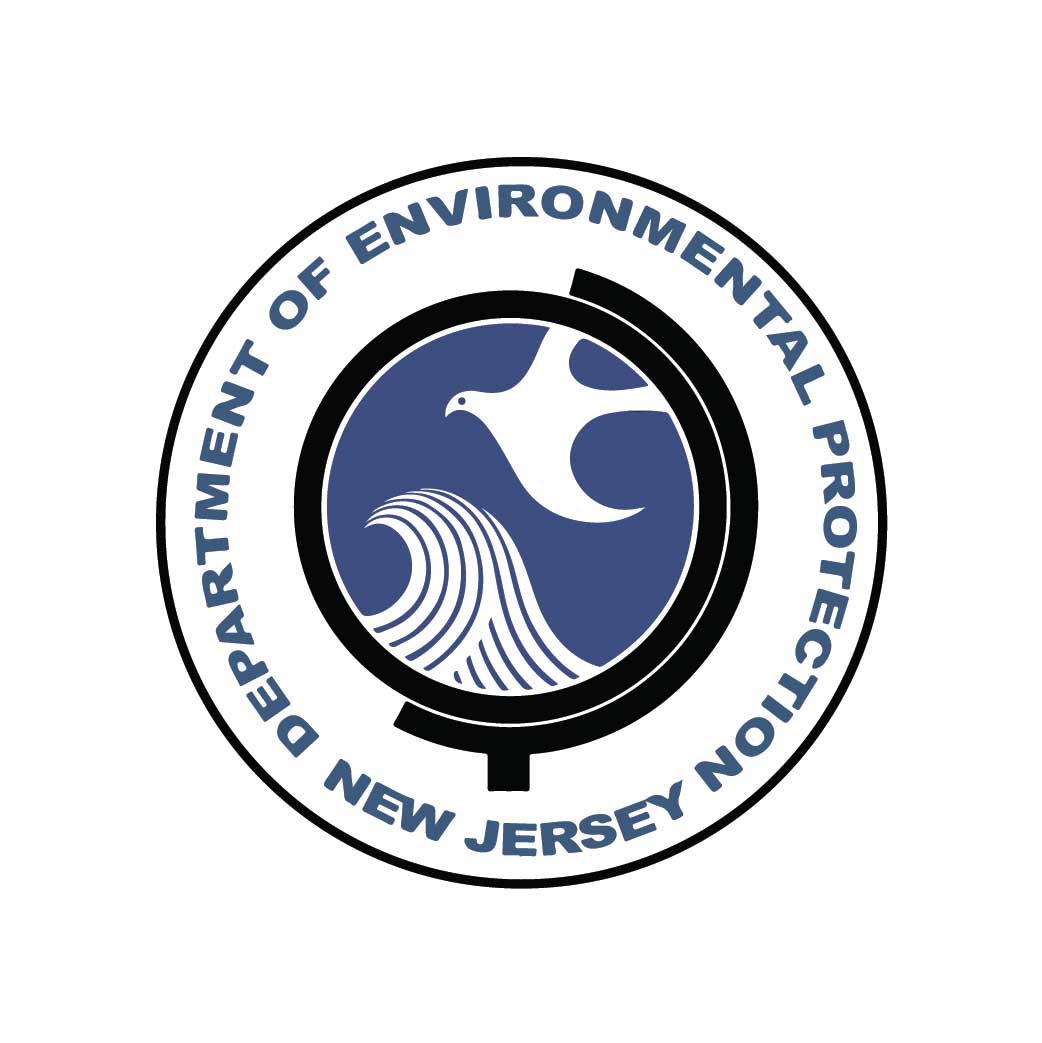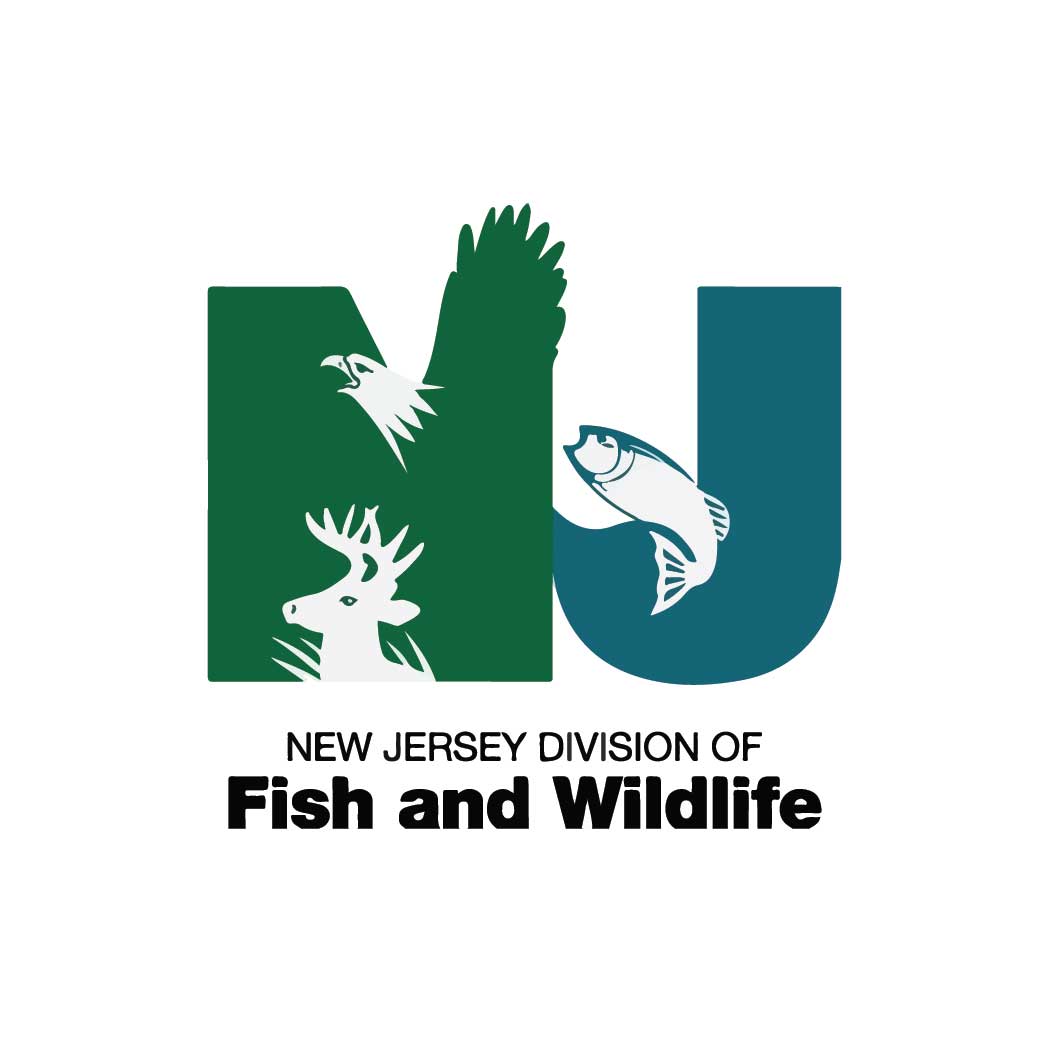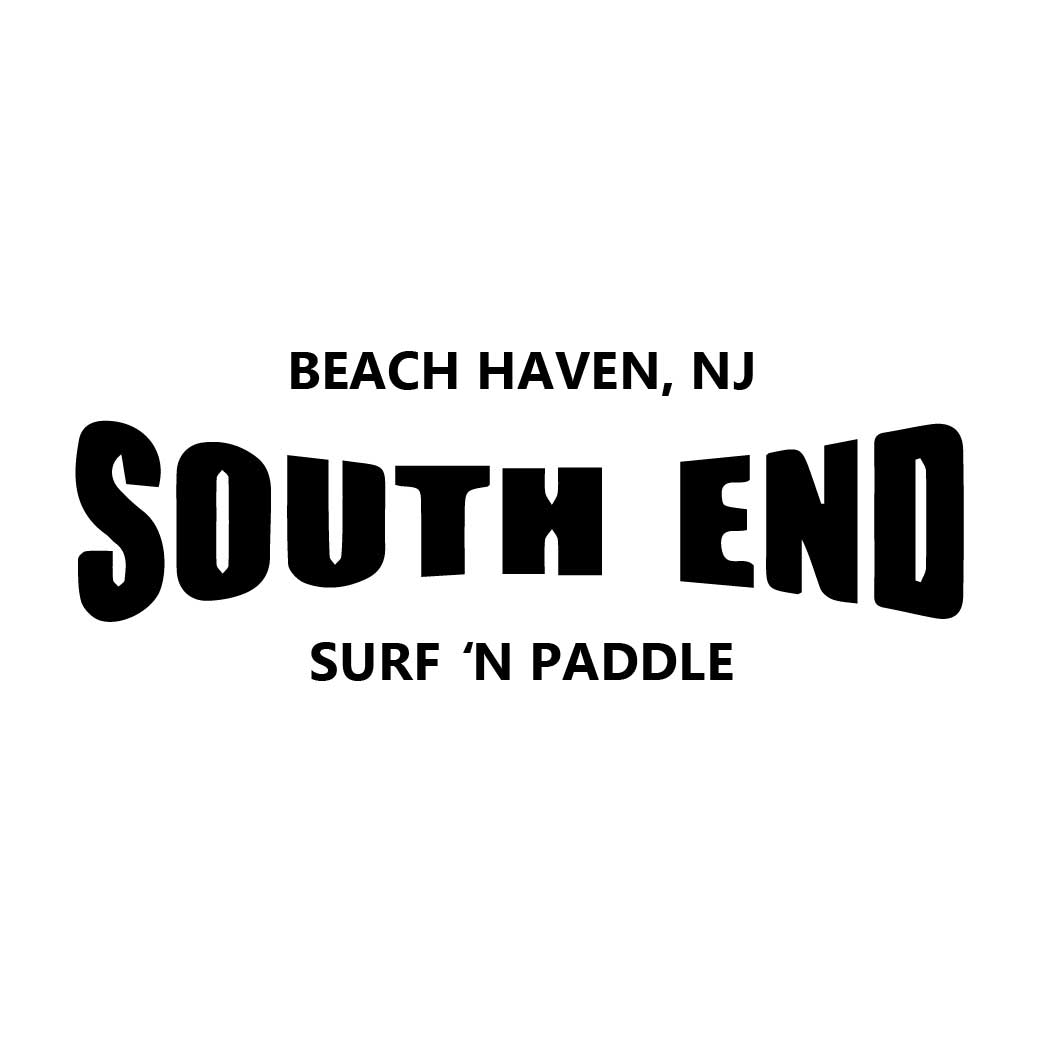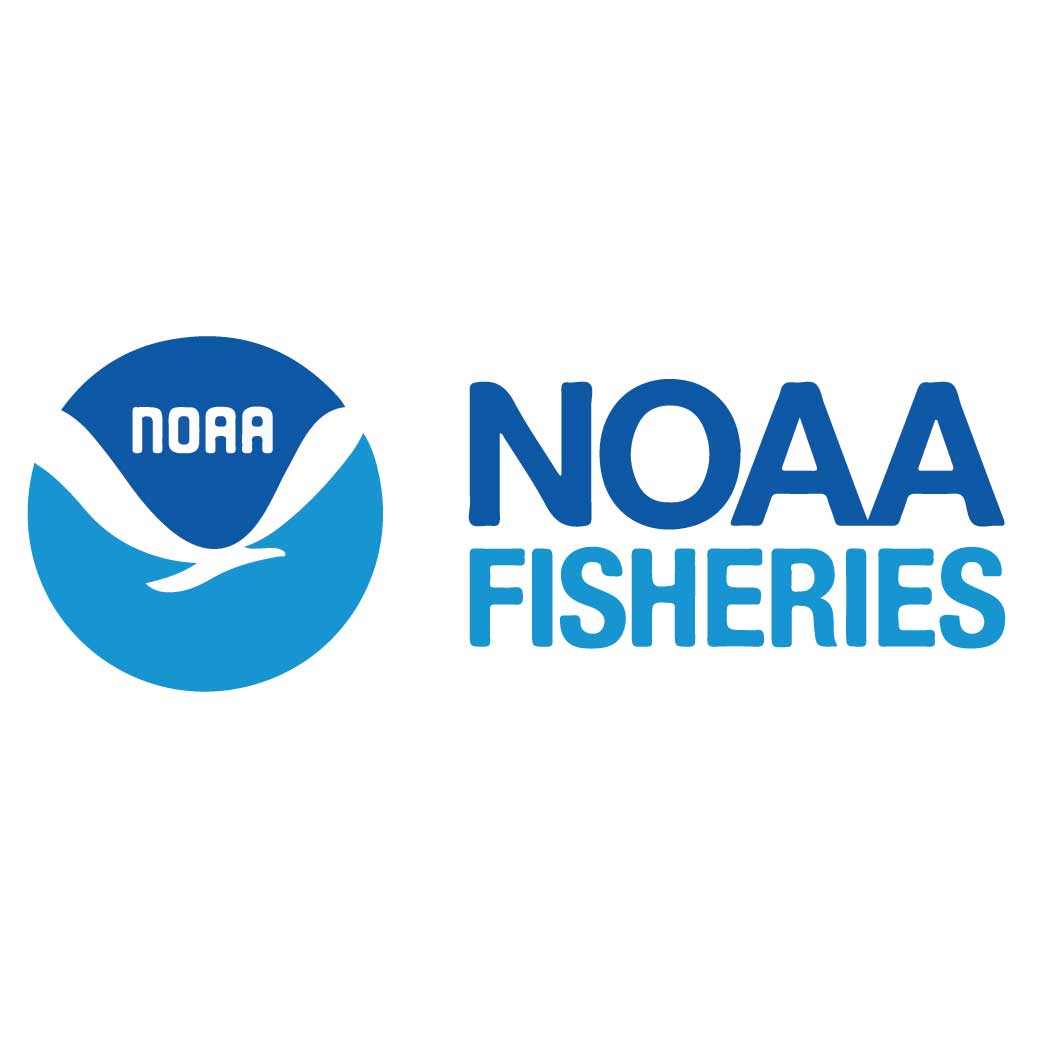1700's
Over the centuries the land masses that connected Tuckerton, Tuckers Island, Long Beach Island and Andrew’s properties disappeared, and Tuckers Island long ago became enveloped by the sea. Mordecai Island, whose name seems logically to have originated with Mordecai Andrews, has survived the test of time.
1835
Early maps show Mordecai Island as part of Long Beach Island.
1875
Mordecai Island is identified as a separate island, with and without its name, on charts from 1875 to present.
1936-1937
The northeastern side of Mordecai Island is dredged, allowing boaters access to the Liberty Thoroughfare from the north and to enter and exit from the southern end of the island. Before dredging, the northeastern side of Mordecai Island had been a mud flat about two feet deep. Records from this time show the size of the island to be approximately sixty-seven acres.
1945
The U.S. Army Corps of Engineers relocates the main channel of the Intracoastal Waterway. Previously, the natural channel curved out toward Long Point, across the bay and toward the mainland. The new channel brings boat traffic closer to the island and increases wave action primarily along Mordecai Island’s western and northern shorelines.
1952
Architectural plans are drawn that call for a “future bridge to Mordecai” leading from the end of Virginia Avenue (Webster’s Lagoon) to Mordecai Island. These plans are abandoned when Beach Haven restricts building on the island as well as on wetland areas on the mainland after the 1962 Storm.
1960
The three plots on Mordecai Island, owned by Warren and Katherine Webster (and in later years by Joseph Taylor, and the Franklin Berry Jr. family) are deeded to Little Egg Harbor Yacht Club through an agreement made by Morton Wilson, a LEHYC member, and past Commodore.
1975
The U.S. Army Corps of Engineers dredge the channel opposite the western edge of Mordecai to a depth of six feet.
1980
A gap opens through Mordecai Island, running east to west cutting the island into two sections.
1986
The cut is fully established.
1995
Aerial surveys by the New Jersey Department of Environmental Protection in 1971, 1977, 1991, and 1995 show that between 1971 and 1995 the western edge of Mordecai Island has receded in excess of 100 feet in some places, and that the gap is wider.
1997
The Trust for Public Land in a 1997 study, Beyond the Century Plan, Biological Studies and Land Conservation of the Barnegat Bay Watershed, rates Mordecai Island “high” in terms of habitat values. This study lists “salt marsh” as one of five habitats that deserve priority attention, stating, “this is important for three reasons: contributing to the food web that supports economically important fisheries, serving as a buffer against major storms, and supporting numerous endangered, threatened and rare species.”
1998
Little Egg Harbor Yacht Club forms an Environmental Protection Committee, establishing what will become the foundation of the Mordecai Land Trust.
The northern tip of Mordecai Island separates from the rest of the island.
November 1999
Ninety-six (96) stakes are placed along the western edge of Mordecai Island, eight feet back from the edge of the sedge, to measure the extent of erosion. Measurements of the stakes are taken at periodic intervals until 2006 (when they are replaced with aerial surveys), documenting continued erosion along the western edge. Documentation from a 2001 survey shows that between May and October 2001, there are pockets of erosion, between 15-39” deep, which is occurring opposite 10 of the stakes. An examination of the sod bank along the western shoreline at low tide, reveals that as much as three additional feet of sod is in danger of breaking off along large stretches.
2000
The Richard Stockton Coastal Research Center, under the direction of Dr. Stewart Farrell, Director, and Steven Evert, Field Station Manager, completes an erosion study of Mordecai Island to document both the extent of erosion and loss of habitat values.
August 28, 2000
The Board of Commissioners of Borough of Beach Haven passes a resolution supporting efforts to preserve Mordecai Island and to stabilize the shoreline’s erosion.
April 2001
Dr. Stewart Farrell, Director, Richard Stockton Research Center, develops a proposal to stabilize the western shore of Mordecai Island using detached, emerged breakwaters. This proposal is based on recent advances in shoreline stabilization applied in Chesapeake Bay by the State of Virginia.
April 20, 2001
Little Egg Harbor Yacht Club Board of Trustees approves putting Mordecai Island into a trust and creating a 501(c)(3) to help with anti-erosion efforts.
June 15, 2001
The Board of Commissioners of Long Beach Township passes a resolution supporting efforts to preserve Mordecai Island and to stabilize erosion.
June 20, 2001
The Board of Chosen Freeholders of Ocean County passes a similar resolution.
July 20, 2001
Mordecai Land Trust becomes a 501(c)(3) non-profit charitable organization.
August 20, 2001
The US Army Corps of Engineers begins the first feasibility study under Continuing Authority Program (CAP). NJDEP agrees to act as Mordecai Land Trust’s non-federal partner.
July 14, 2002
Little Egg Harbor Yacht Club transfers ownership of Mordecai Island to Mordecai Land Trust for the sum of $1. The deed states that:
“The Trust holds Mordecai Island as an open space for preservation and educational purposes [and] uses its best efforts but is not required, to retard the continuing erosion of Mordecai Island as is practical and beneficial.”
(Note: Although the deed lists the island as 67 acres, an aerial survey done several years prior to 2002 shows that the island has receded to approximately 45 acres.)
Present Day
The Mordecai Land Trust continues to work toward it’s mission to protect, preserve, maintain and restore Mordecai Island’s shoreline, habitats and species, and to create public awareness of the island through education and scientific research.

All information was prepared by Gretchen F. Coyle and Linda Colgan. Please send any additional relevant information (write-ups, maps, images) to mordecailandtrust@gmail.com .
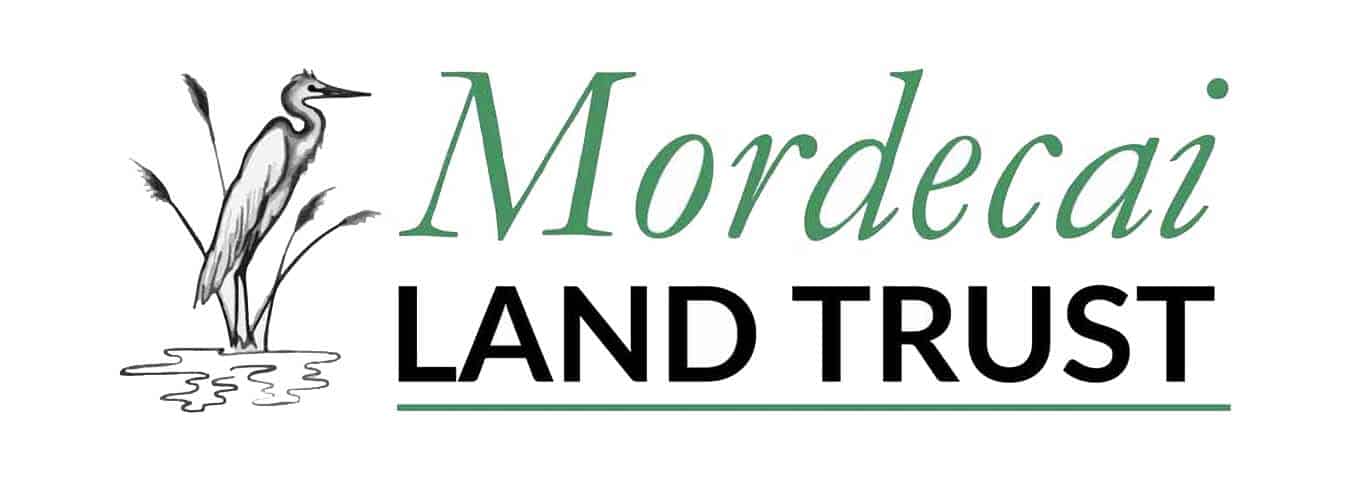
The IRS has determined that the Mordecai Land Trust is tax-exempt under section 501(c)(3) of the Internal Revenue Code of 1986 (“Code”) and not a private foundation pursuant to sections 509(a)(1) and 170(b)(1)(A)(vi) of the Code. Mordecai Land Trust was established in 2001.
Opt-in to email updates

